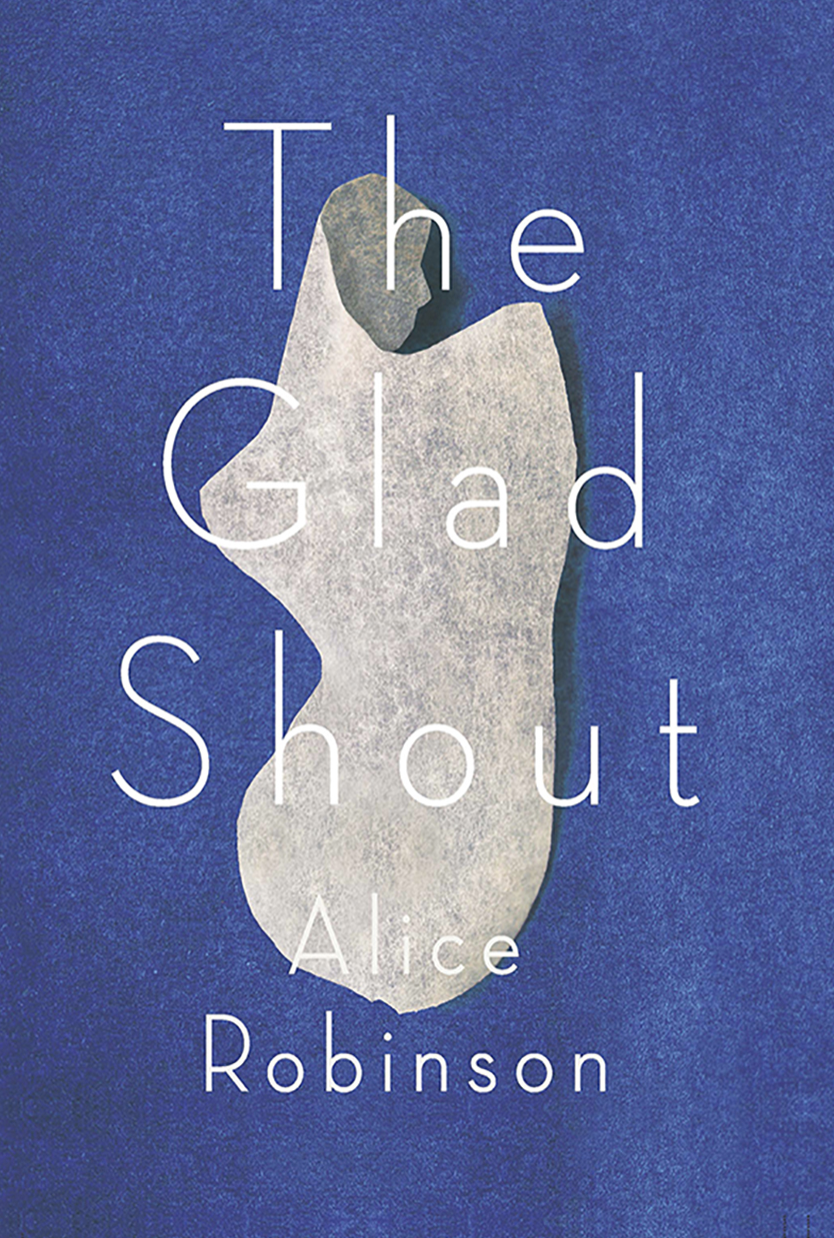When disaster came here, when it happened on the tree-lined streets of their own city in her lifetime, somehow no one was ready. Everyone professed such shock. Too busy, what? Paying bills and shopping, going to concerts, to restaurants, to bars. Isobel can’t help but feel that some of the hardship she is facing now, in the water, is her own fault. She hadn’t paid attention, hadn’t cared enough to realise that she was being forewarned.
In The Glad Shout, Alice Robinson never writes the term ‘climate change’; not once does she mention the phrase ‘global warming’. At first I was puzzled by this, as the novel fits neatly into that genre of writing called ‘climate fiction’; it imagines a future in which human impact on the earth is taken to its conclusion. Our conclusion. Yet, as I progressed through the book, I came to understand what Robinson was doing by avoiding such language. These terms have a distancing effect: while they are real and tangible and frighteningly discernible in the world around us, they remain, on some level, abstract. Out there. In a future that is not yours or mine. Or so we believe.
The opening chapter introduces us to Isobel, a woman in her thirties, hauling a young child on her hip and grasping about for her husband, Shaun. They stumble around amidst the chaos of an emergency relief centre hastily erected in the grounds of the city stadium. A storm has swept the city and submerged the buildings. The flood waters lap at the edges of the stadium, thirsty for more land. Thousands of survivors pour into the grounds on boats, and thousands do not.
The chapters switch between the present of the novel – in which Isobel must dig further and further inside herself to survive and to protect her child – and the past, our present. Or roughly our present. Isobel’s grandmother, Karen, could be a woman in her twenties today. Karen tells young Isobel about animals that have gone extinct in her lifetime, countries that have drowned. Isobel’s Nonno talks of how much he’d love to make pesto if basil and parmesan were still around. And yet Isobel and her brother Josh grow up with a mother concerned about interior design and fashion in the same way we are all concerned with such things, because true disaster couldn’t possibly happen in
this country. Not in lucky Australia.
The reader follows twin Isobels – child and adult – until the two narratives meet. In microcosm, it gives a sense of causality. This is how we got here. In The Glad Shout there is no talk of climate change or global warming because the climate has changed. The sea levels have already risen; the glaciers melted. Isobel lives a couple of generations away from us. This is tomorrow. This is now.
Robinson’s writing is perfectly balanced. She plumbs the depths of human emotion without toppling into hyperbole. The plot is delicately metered out, well-paced. While the novel’s lens remains focused on the natural disaster enveloping the characters, Robinson manages to encompass a lot more in the book, particularly the complex nature of maternal love.
I put down The Glad Shout earlier today and went to do my grocery shop at the supermarket. I spent a few minutes hunting for strawberries; they weren’t in any of the usual places. Excuse me, I said to one of the assistants stacking oranges, can you show me where the strawberries are? He pursed his lips together apologetically. I’m sorry, he said, there are no strawberries. There’s a shortage. Severe weather and all that. I swallowed, thanked him. The world of The Glad Shout is right here, in the fruit and veg section in Woolworths.
I highly recommend this book. It is a wrenching and necessary read.
Reviewed by Charlotte


